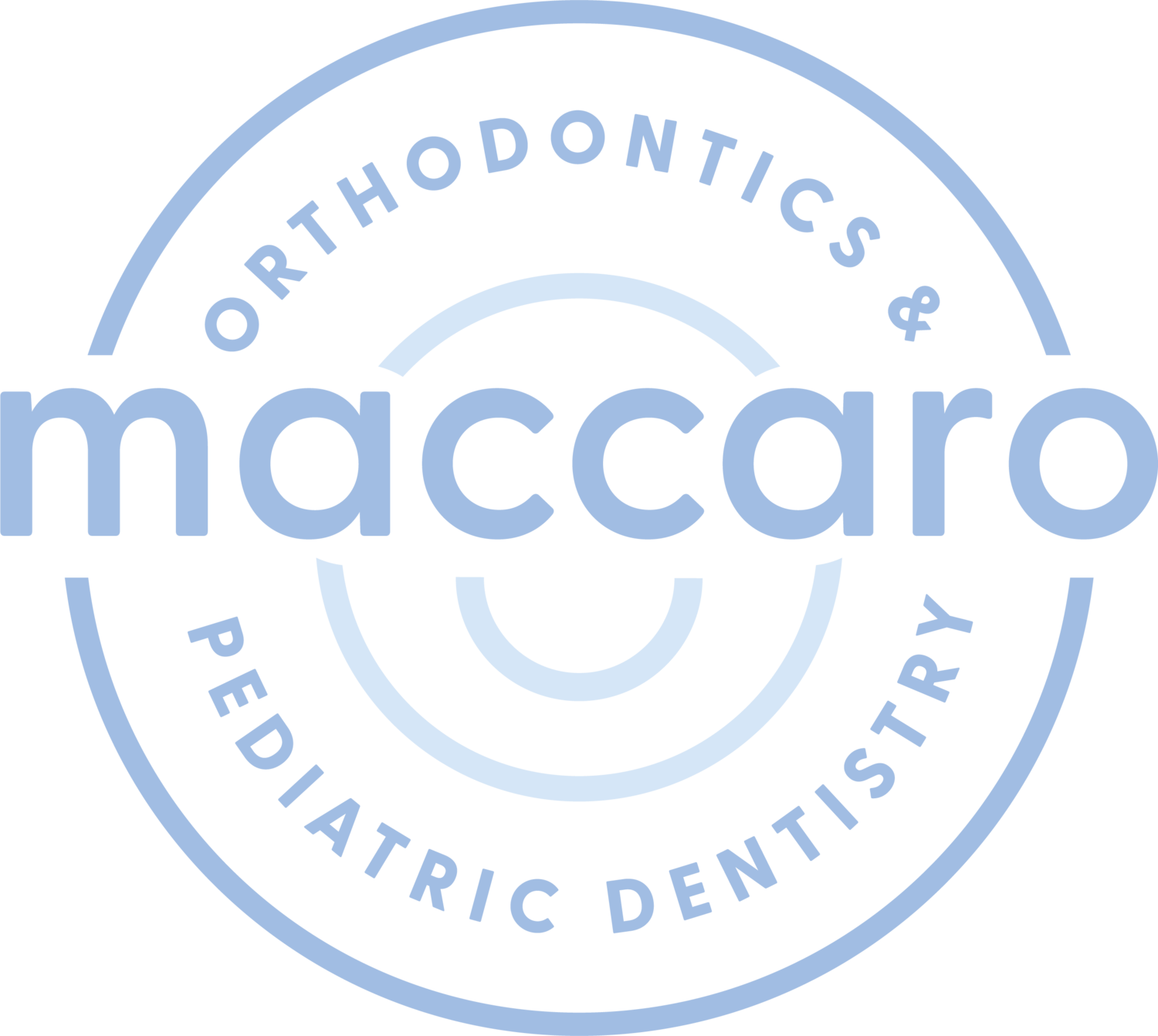Optimized Dental Occlusion: How Combined Dental and Orthodontic Care Promotes Proper Bite Alignment
A proper bite alignment does more than facilitate efficient chewing and speaking. It plays an essential role in overall oral health, affecting everything from jaw comfort to the prevention of tooth decay. Many people experience bite misalignment due to various factors like genetics, childhood habits, or injuries. Achieving an optimized dental occlusion often involves combined care from both general dentists and orthodontists. This interdisciplinary approach yields more comprehensive and effective results.
Why Bite Alignment Matters
A misaligned bite can manifest in several ways: overbite, underbite, crossbite, or even just crooked teeth. These issues might seem cosmetic, but they can lead to severe health problems over time. For instance, a misaligned bite may result in uneven wear on certain teeth, making them more susceptible to decay. Additionally, poor bite alignment can contribute to jaw issues such as temporomandibular joint disorder (TMJ), causing chronic discomfort or pain.
The Role of General Dentistry
General dentists lay the groundwork for achieving an optimized bite. During regular check-ups, they assess your bite alignment and the health of your teeth. These assessments can include X-rays, physical examinations, and sometimes digital models. The general dentist identifies problematic areas and may perform procedures like fillings, extractions, or even crowns to begin addressing immediate issues. However, the role of a general dentist is not to correct bite alignment completely; rather, they create a stable and healthy oral environment to enable orthodontic treatment.
The Significance of Orthodontic Care
Orthodontists specialize in correcting tooth alignment and bite issues. They use devices like braces, clear aligners, or retainers to adjust the positions of teeth gradually. While it may seem straightforward, orthodontic treatment is often complex, requiring precise planning and customization for each patient. The treatment aims to achieve an optimal relationship between the upper and lower teeth, ensuring they meet in a way that promotes long-term oral health.
Orthodontists may also use advanced technologies like 3D imaging and treatment simulation software to create detailed treatment plans. In cases involving severe bite misalignment, surgical orthodontics may be necessary to correct jaw structure.
Combined Approach for Better Outcomes
When general dentists and orthodontists collaborate, they bring a comprehensive perspective to treating bite alignment. The general dentist ensures that the teeth are healthy enough for orthodontic procedures, while the orthodontist focuses on realigning the teeth and bite. This coordinated care allows for the creation of individualized treatment plans that address all aspects of oral health, making the path to optimized dental occlusion more straightforward and effective.
For instance, if a patient has untreated cavities or gum disease, the orthodontist may delay treatment until these issues are resolved. The general dentist can treat these conditions, making it easier for the orthodontist to proceed with alignment correction.
Achieving optimized dental occlusion involves more than just straightening your teeth. It is a multifaceted approach that demands the expertise of both general dentists and orthodontists. By working together, these professionals provide comprehensive care that addresses the complex needs of each patient. Their combined efforts contribute to not only improved bite alignment but also better overall oral health. So, if you're struggling with a misaligned bite, consider seeking an integrated approach for a more effective and lasting solution.
Don't wait any longer to take the first step toward optimized dental occlusion and better oral health. Contact us today to schedule a consultation with our experienced team of general dentists and orthodontists, and let us create a personalized treatment plan just for you.
